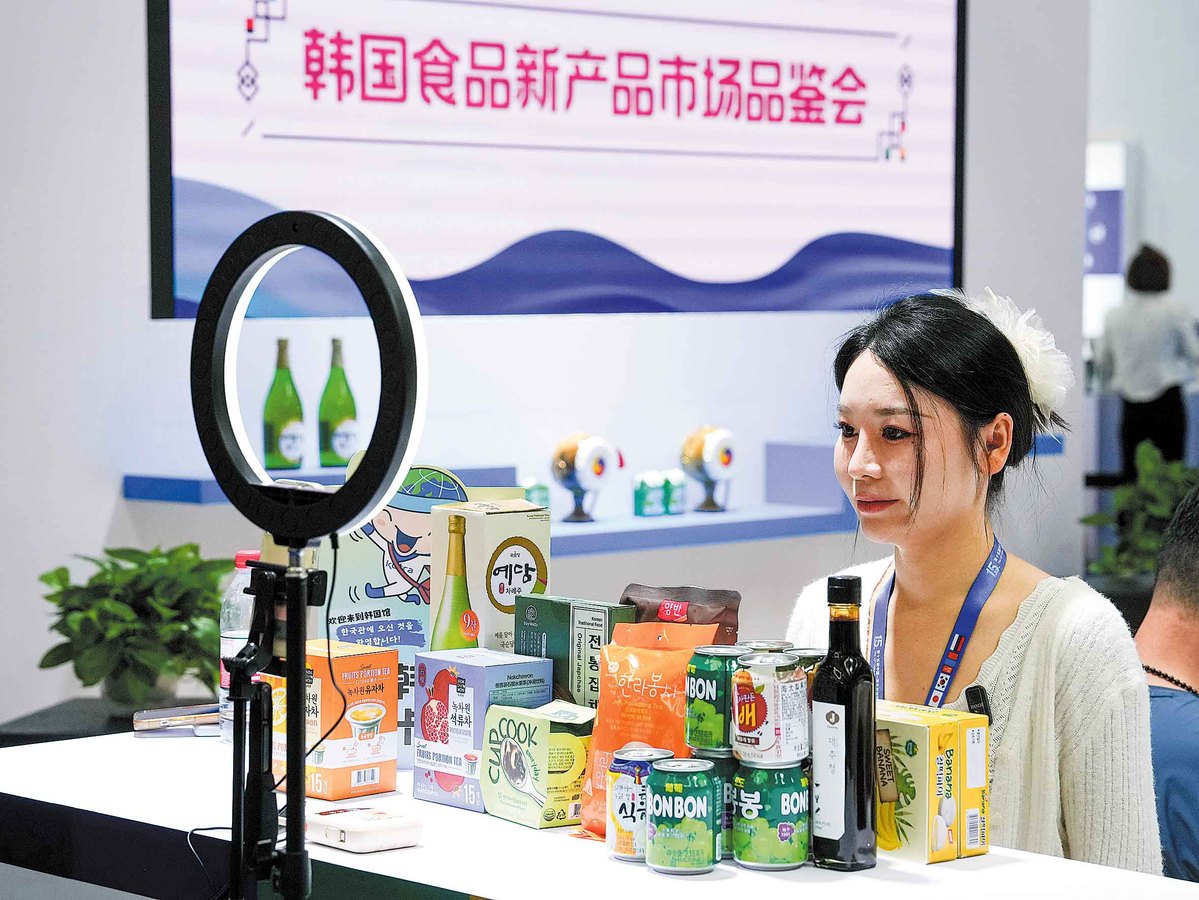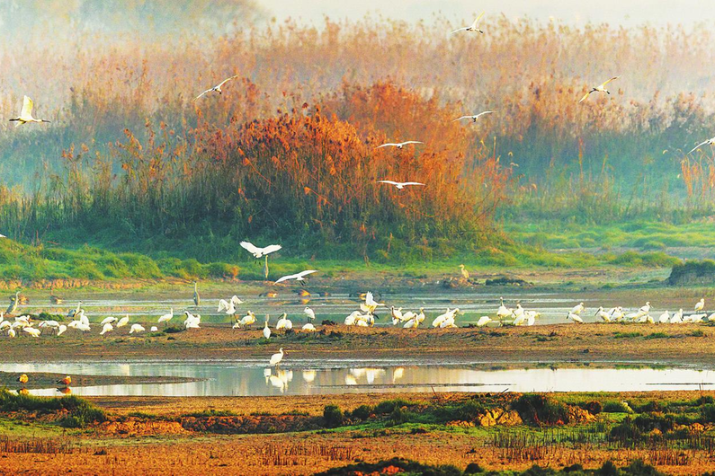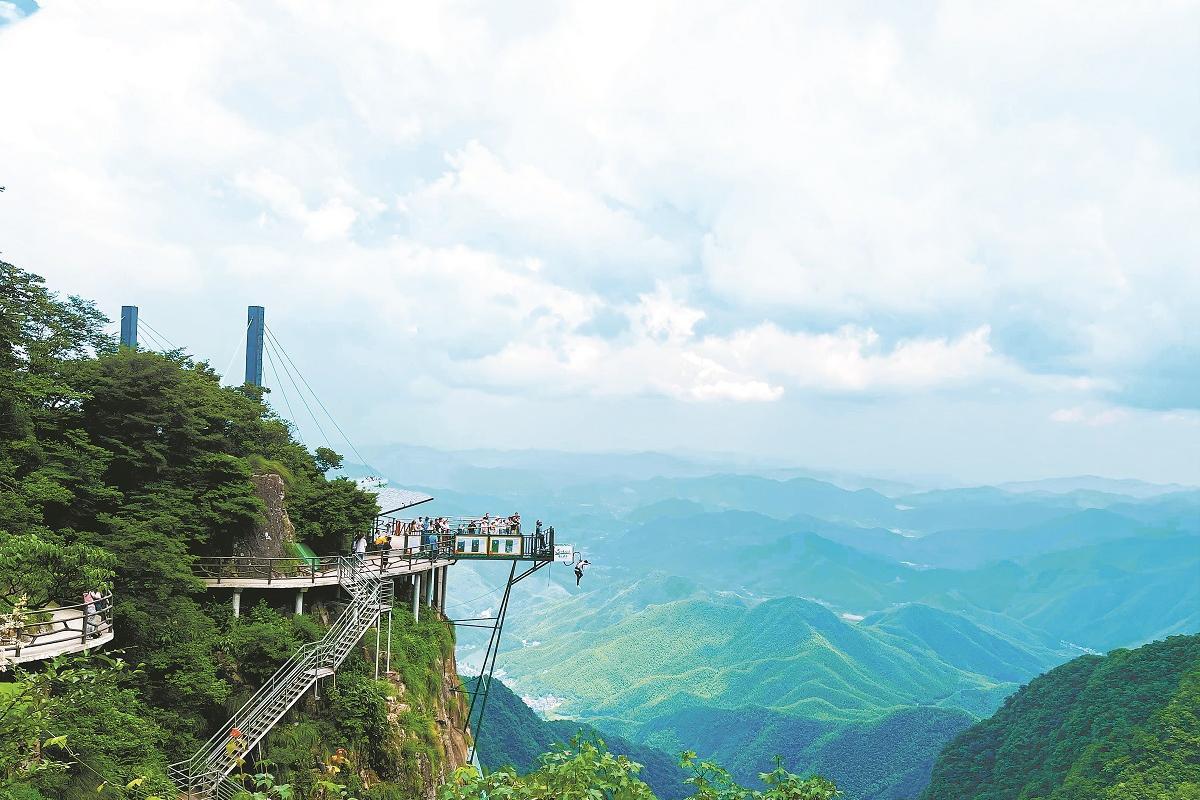Expo helps bolster connectivity with Northeast Asia
Jilin, other provinces broaden business opportunities with neighboring countries


Open to wider world
Launched in 2005, the China-Northeast Asia Expo is the only such international major event to feature participation by the six Northeast Asian countries and open to the wider world.
This year's event, covering 73,000 square meters and resembling a global marketplace, drew more than 14,000 participants from China and 45 countries and regions, according to the Jilin Provincial Department of Commerce.
Exhibits ranging from Russian chocolates and Mongolian cashmere hats to Pakistani vases and Thai balms, showcased diverse cultures while underscoring strong interest in cross-border cooperation and market expansion.
Over its 14 previous editions, the expo has generated 10 billion yuan in goods trade and facilitated 3,032 cooperation projects. Combined investment has reached over 2.05 trillion yuan, spanning infrastructure, modern services, new energy, new materials, food processing, auto parts manufacturing, cultural tourism and biomedicine.
The growing trade exchanges in Northeast Asia are also reflected in the performance of regional manufacturers.
For example, Sungdo Crane Equipment (Liaoning) Co — a Shenyang-based hoist and crane maker and a subsidiary of the ROK's Star Machinery Co — saw its exports to the ROK reach 59 million yuan between January and July, up 2 percent year-on-year, according to Shenyang Customs.
"Our cleanroom electric hoist equipment and components account for more than 65 percent of the market share in the ROK. Designed for use in dust-free workshops, the products prevent particles from falling when lifting heavy objects and make efficient use of limited indoor space," said Roh Youngbeom, the company's president.
"A flourishing web of trade ties in Northeast Asia can help companies expand regional markets and build resilient supply chains," said Roh, adding that the push dovetails with the RCEP, reinforcing momentum for deeper economic integration.
The RCEP, which came into force in 2022, comprises 15 Asia-Pacific countries including the 10 member states of the Association of Southeast Asian Nations, and its five trading partners, China, Japan, the ROK, Australia and New Zealand.
The pact aims to deepen economic integration by covering areas such as trade in goods and services, investment and e-commerce. Its goal is to boost regional trade and economic growth, according to the Jakarta-based ASEAN Secretariat.
Bai Ming, a researcher at the Chinese Academy of International Trade and Economic Cooperation in Beijing, said that the mega-free trade agreement provides an institutional framework that further strengthens Northeast Asia's economic cooperation.
By reducing tariffs, improving market access and promoting unified rules in areas such as trade in services, technology cooperation and intellectual property protection, the agreement not only deepens integration with ASEAN economies, but also enhances intra-regional connectivity, Bai said.
Gao Lingyun, a researcher at the Chinese Academy of Social Sciences' Institute of World Economics and Politics in Beijing, said: "This will create more opportunities for companies in Northeast Asia to expand their presence across value chains and benefit from a more predictable trading environment, while also allowing China's northeastern region to share in the gains and spur regional development."
























